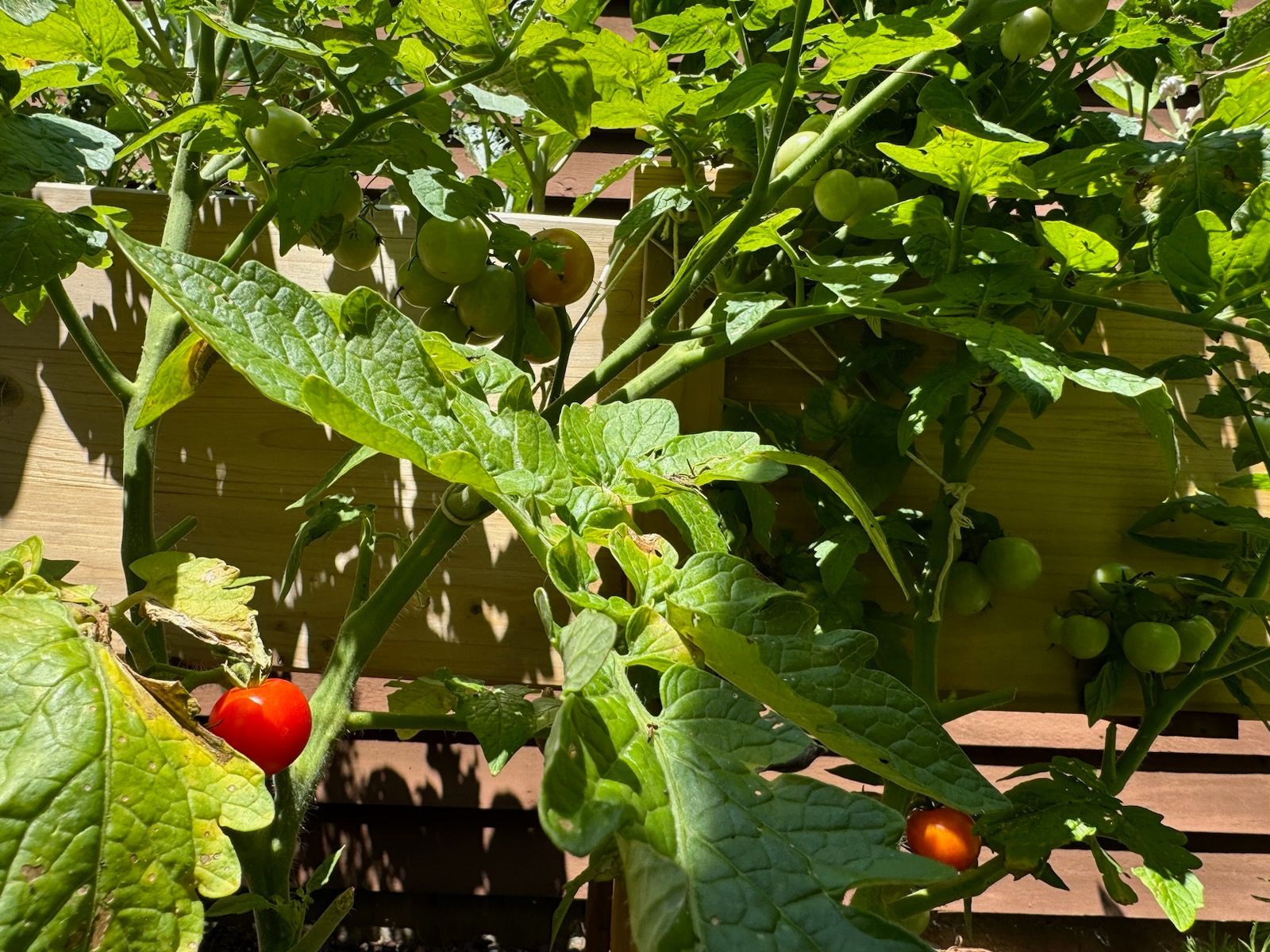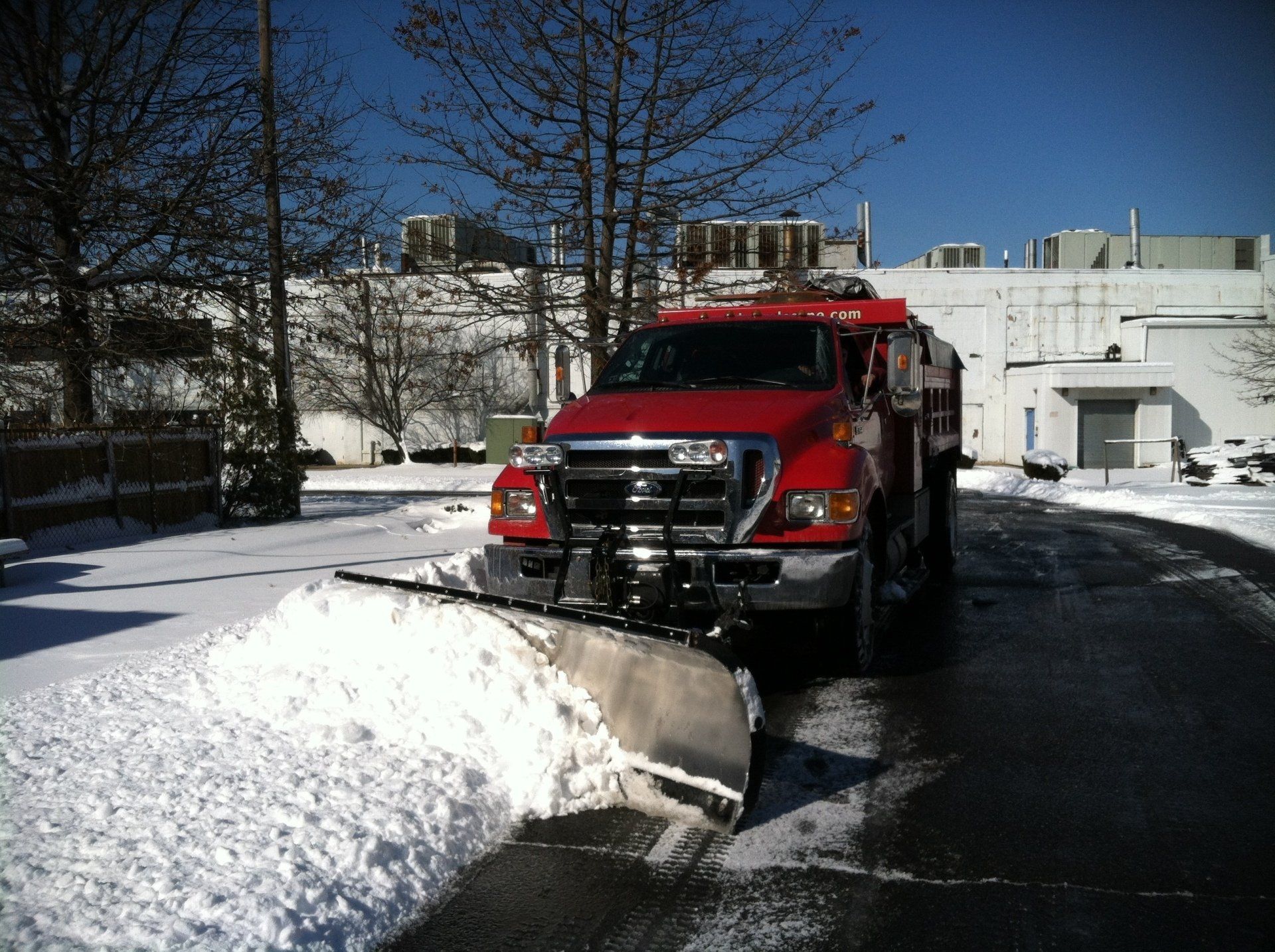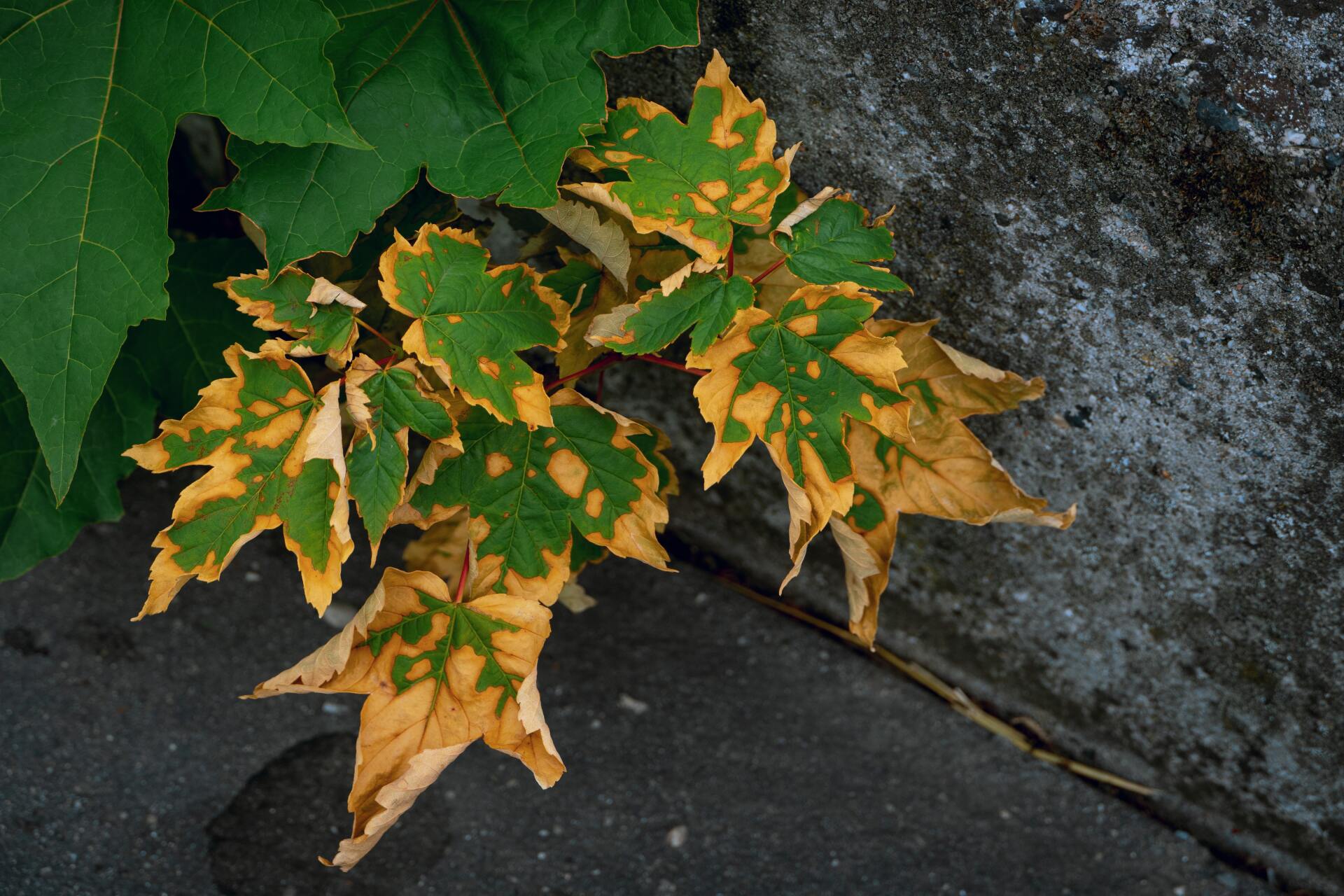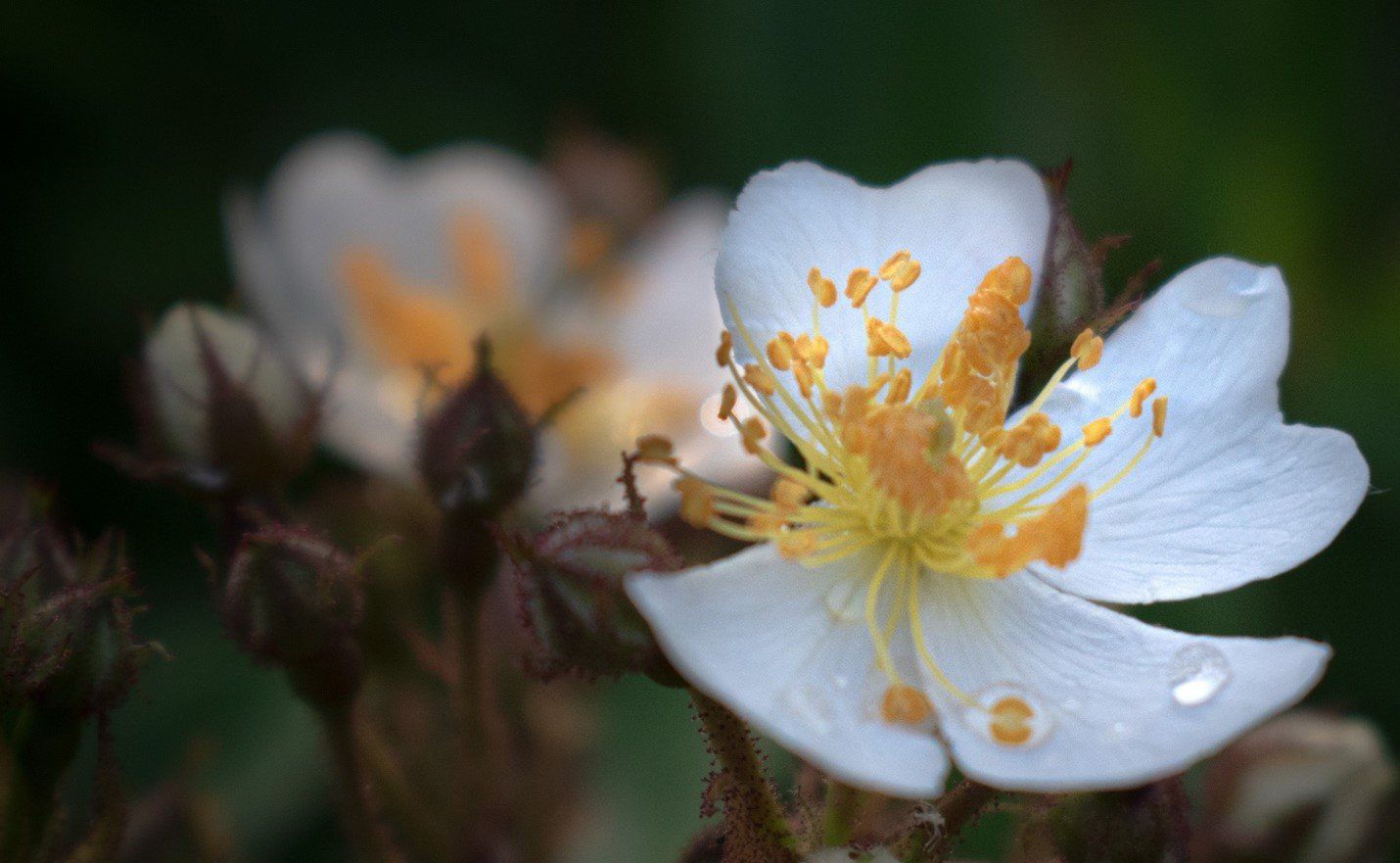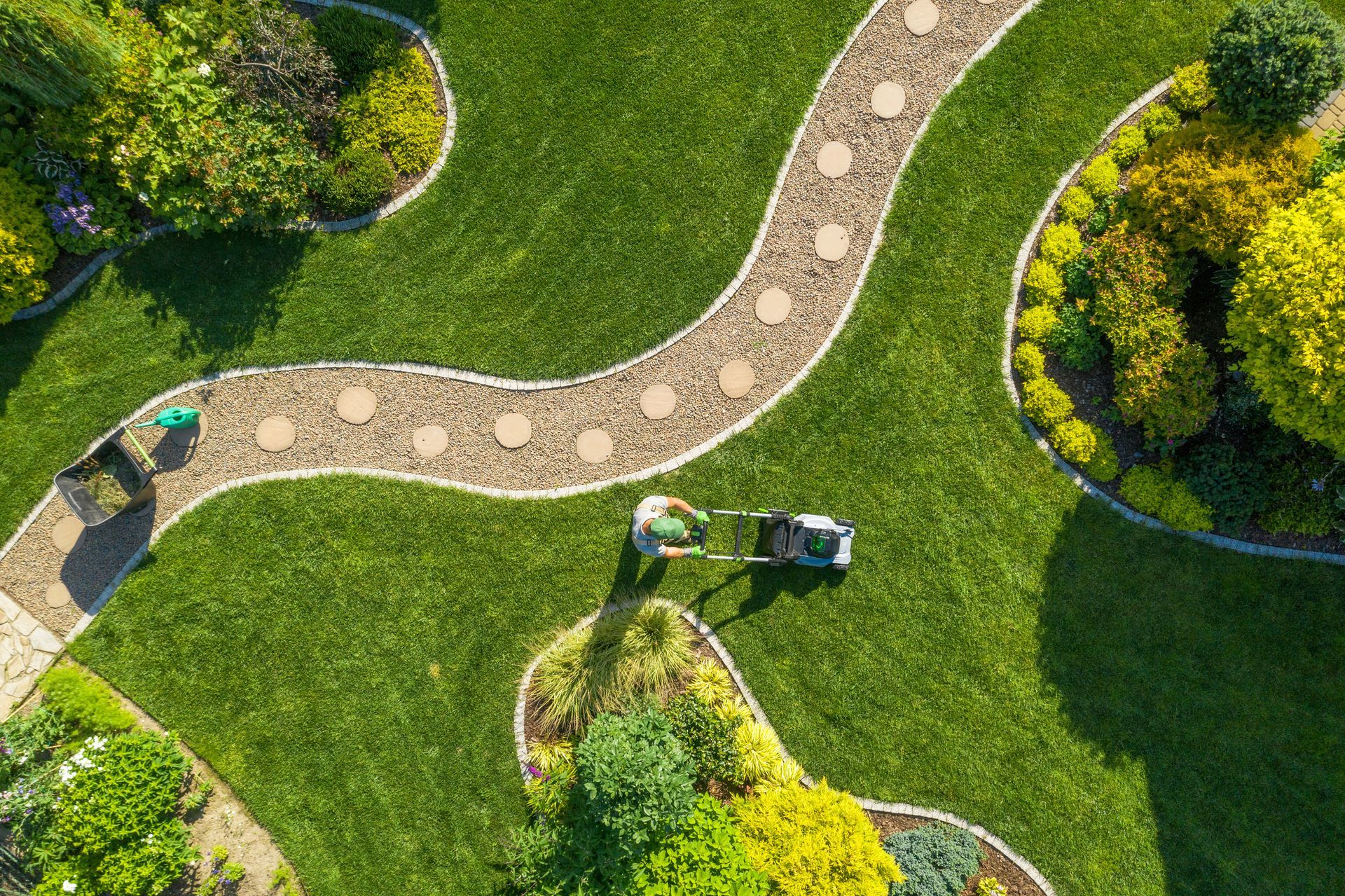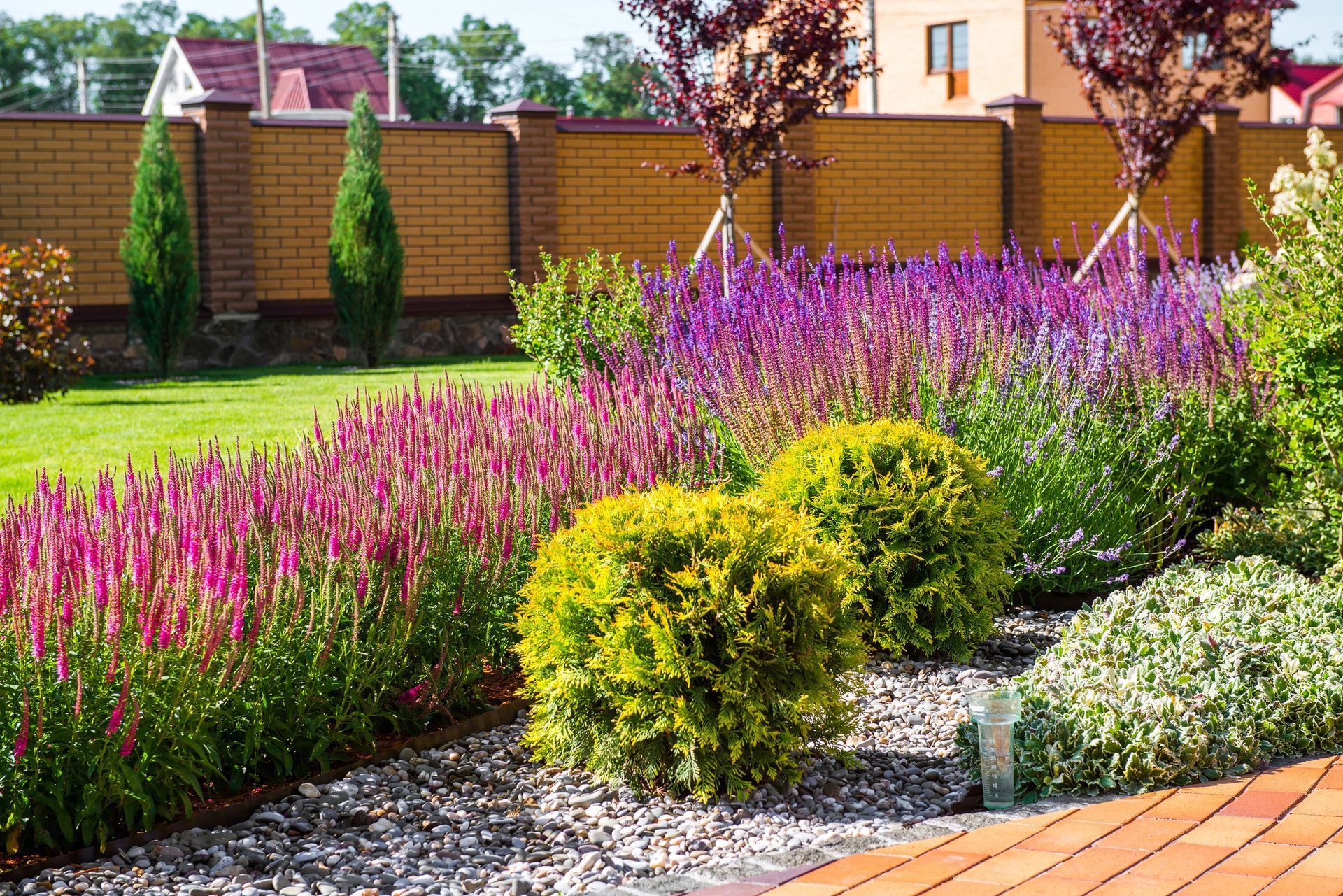Dead Grass? How to Bring the Green Back to Your Landscape
Is your grass turning yellow and you have no idea why? Dealing with dying grass can be frustrating, especially when you’ve exhausted all your options.
However, there may be a number of steps you’re skipping–or a number of reasons why your grass is turning brown that you just can’t control.
Read on to learn how to bring your dying grass back to life as well as enhance its curb appeal !
Why is My Grass Dying in Patches?
The first important aspect of revitalizing your lawn is answering the question, “Why is my grass dying?” For instance, the issue may not be an issue at all–you may just have warm-season grass that naturally becomes dormant in the winter. It’s also important to remember that certain types of grass may grow better in the shade versus open sun.
Certain pests and diseases may be killing your grass regardless of how well you water and fertilize every day. If this is the case, it’s important that you contact a pest control professional before you begin trying to revitalize your lawn.
Prepare the Lawn
Once you’ve eliminated some potential issues, such as the wrong type of grass in your yard or a pest infestation, you can begin working on reviving your grass. In the early spring and fall, start by prepping your lawn by getting rid of weeds that are competing for water. You’ll also want to rake away piles of dead vegetation.
If you’re completely clearing the area away of dead grass to put new sod down, make sure you kill all unwanted vegetation with a nonselective herbicide.
Aerate the Soil
For any bare areas that you’re preparing for new sod, you’ll also want to till the soil. Along with aeration, this also helps remove thatch that’s restricting water, air, and nutrients. Once the soil is prepared, it’s recommended to test the soil to ensure that it has the right amount of phosphorous, which helps with root development.
Regardless of whether you’re starting with bare soil or not, you’ll want to fertilize the area with grass starter fertilizers that you can find at any local garden store.
Water Often
Once you have new sod in or you’ve fertilized the area, it’s important that you water your grass consistently. You’ll want to water thoroughly at least once a day as new roots germinate. After your lawn has grown three to four inches tall, you can start watering it on a more traditional schedule, such as once a week.
Revitalizing Your Dying Grass
Bringing your dying grass back to life may seem like an impossible feat, especially if you’ve been struggling with it throughout the season. Start by making sure you have the right type of grass as well as no pest issues.
Next, you’ll want to make sure to pull weeds, fertilize, and even replace the dead grass with new sod in the early spring or fall.
Looking for a full-service property maintenance contractor that can help you attain a luscious green lawn? Get a quote from us today!
The post Dead Grass? How to Bring the Green Back to Your Landscape appeared first on DeCarlo Landcape Contractors.
